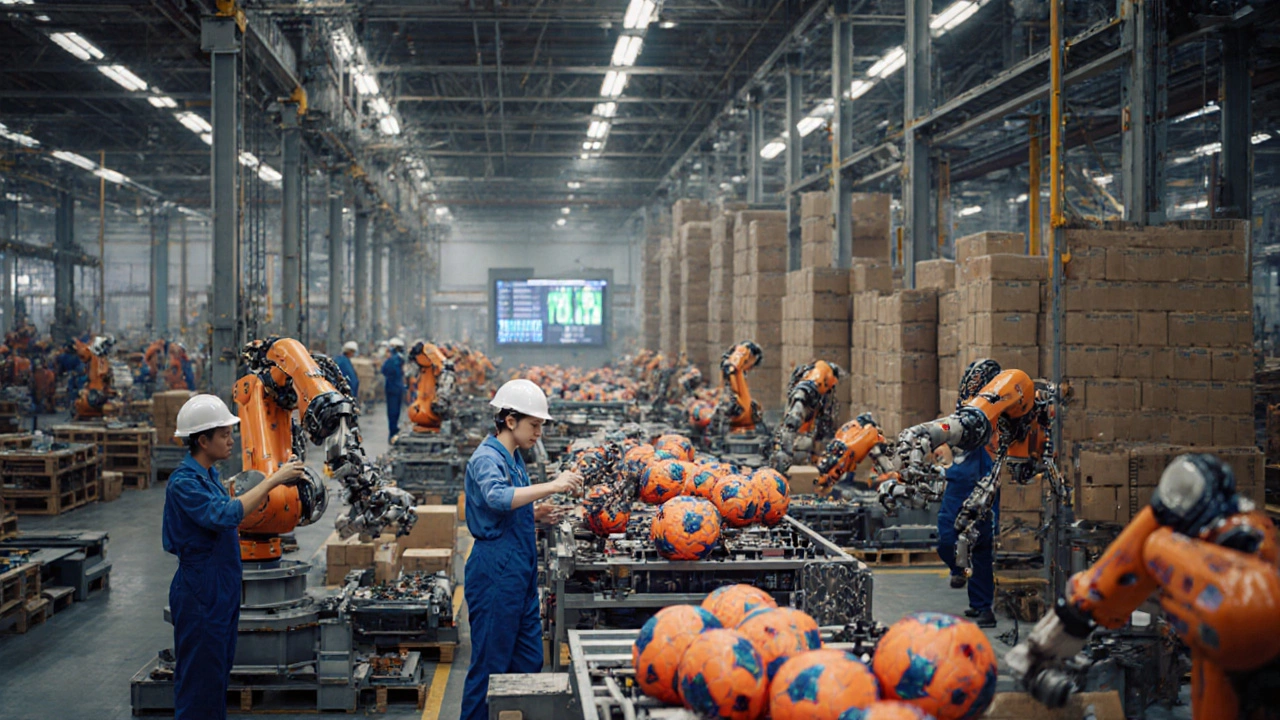Where Are Sports Goods Made? A Simple Guide
Ever wonder why your running shoes feel cheap or why a pricey tennis racket seems super light? The answer often starts with where the product was built. Knowing the main production hubs helps you understand quality, price, and even the environmental impact of the gear you love.
Top Countries That Make Sports Gear
China leads the pack for almost every sport. From basketballs to yoga mats, factories there can turn raw material into finished product at a low cost. Vietnam and Bangladesh follow closely, especially for shoes and apparel. Their wages are lower than China’s, and many big brands have moved part of their line there to keep prices down.
The United States still produces a lot of high‑end equipment. Think baseball bats, premium bicycles, and specialized weight‑lifting gear. Domestic factories usually focus on quality control, custom designs, and fast shipping for local retailers.
Europe—especially Germany, Italy, and the UK—hosts niche manufacturers that cater to elite athletes. These makers often use advanced composites, rigorous testing, and a “made in Europe” label that commands a premium price.
Why Those Places?
Cost is the biggest driver. Countries with cheap labor and established supply chains can turn out massive volumes without breaking the bank. Access to raw materials matters too. For example, rubber for footballs is plentiful in Southeast Asia, while steel for weight plates is abundant in China.
Infrastructure plays a role as well. Ports, roads, and skilled workers make it easier to move goods from factory floor to storefront. Governments that offer tax breaks or subsidies also attract big brands looking to cut expenses.
In recent years, sustainability has shifted some production back north. Brands are setting up smaller factories in the US or Eastern Europe to reduce carbon footprints and meet “made locally” demands. These facilities often use recycled plastics or bio‑based materials.
Want to spot where your gear comes from? Look for tags that say “Made in …” or check the brand’s website for a transparency report. Some items have a QR code that links straight to the factory’s location.
Finally, price isn’t the only clue. Cheap, generic items usually come from high‑volume Asian factories. If you pay a premium for a name‑brand bike or a specialized yoga mat, chances are it was made closer to home with higher‑grade components.
Understanding where sports goods are made helps you make smarter buying choices. You can pick gear that fits your budget, supports better labor practices, or reduces environmental impact—whatever matters most to you.
Where Is Most Sports Equipment Made? A Global Breakdown

Explore the global landscape of sports equipment production, from China's dominance to emerging hotspots, and learn how supply chain choices affect price, quality, and ethics.
